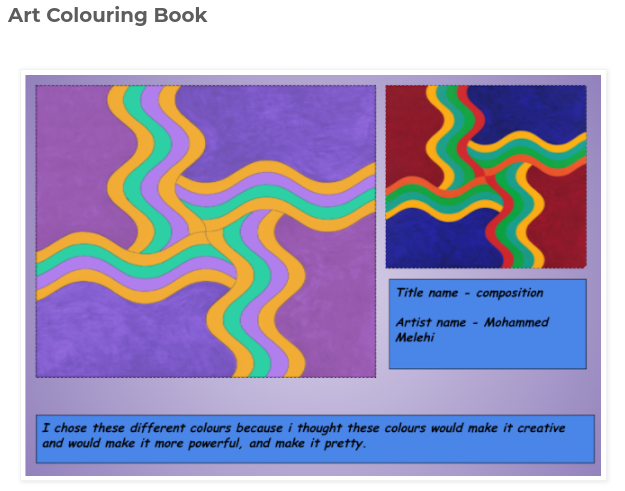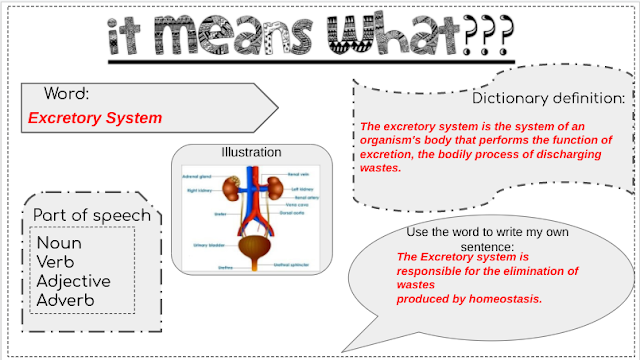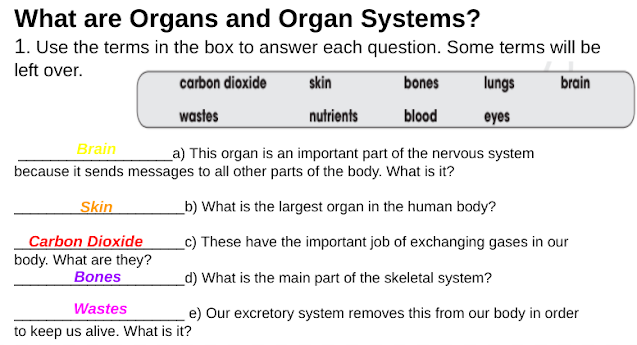The skeletal system works as a support structure for your body. It gives the body its shape, allows movement, makes blood cells, provides protection for organs and stores minerals.
FACTS-
Your skeleton is made of more than 200 bones
The body has two types of bone
Bones are filled with a spongy tissue
The smallest bone in the body is in your ear
The longest bone in the body is in your leg
IMAGE-

MAJOR ORGANS THAT MAKE UP THE SKELETAL SYSTEM-
The skeletal system is your body's central framework. It consists of bones and connective tissue, including cartilage, tendons, and ligaments. It's also called the musculoskeletal system.
Muscular System-
The muscular system is composed of specialized cells called muscle fibers. Their predominant function is contractibility. Muscles, attached to bones or internal organs and blood vessels, are responsible for movement. Nearly all movement in the body is the result of muscle contraction.
FACTS-
Muscles make up approximately 40 percent of total weight.
The heart is the hardest-working muscle in the body. ...
The gluteus maximus is the body's largest muscle. ...
The ear contains the smallest muscles in the body alongside the smallest bones.
IMAGE-

MAJOR ORGANS THAT MAKE UP THE MUSCULAR SYSTEM-
The muscular system is an organ system consisting of skeletal, smooth and cardiac muscles. It permits movement of the body, maintains posture and circulates blood throughout the body.
Circulatory System-
The circulatory system is made up of blood vessels that carry blood away from and towards the heart. Arteries carry blood away from the heart and veins carry blood back to the heart. The circulatory system carries oxygen, nutrients, and hormones to cells, and removes waste products, like carbon dioxide.
FACTS-
The circulatory system in the human body stretches 66,000 miles, more than two and a half times the circumference of the Earth.
The heart beats 2.5 billion times during the life of a 75-year-old.
The heart expels 2 ounces of blood with each beat, five quarts of blood each minute, 220 million quarts in 70 years.
IMAGE-

MAJOR ORGANS THAT MAKE UP THE CIRCULATORY SYSTEM-
Your circulatory system, also known as your cardiovascular system, is made up of your heart and blood vessels. It works to transport oxygen and other nutrients to all the organs and tissues in your body.
Nervous System-
The nervous system is involved in receiving information about the environment around us (sensation) and generating responses to that information (motor responses). The nervous system can be divided into regions that are responsible for sensation (sensory functions) and for the response (motor functions).
FACTS-
The body has billions of nerve cells. ...
Neurons are made of three parts. ...
Neurons may look different from one another. ...
Neurons are programmed to do different things. ...
There are two parts of the nervous system. ...
There are two types of nervous systems. ...
The involuntary system is broken down into three parts.
IMAGE-
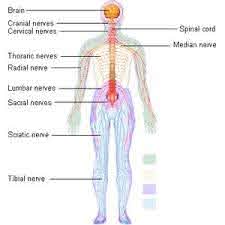
MAJOR ORGANS THAT MAKE UP THE NERVOUS SYSTEM-
The nervous system has two main parts: The central nervous system is made up of the brain and spinal cord. The peripheral nervous system is made up of nerves that branch off from the spinal cord and extend to all parts of the body.
Respiratory System-
The nervous system is involved in receiving information about the environment around us (sensation) and generating responses to that information (motor responses). The nervous system can be divided into regions that are responsible for sensation (sensory functions) and for the response (motor functions).
FACTS-
You lose a lot of water just by breathing. ...
Some people can hold their breath for more than 20 minutes. ...
The lungs are the only organs that can float on water. ...
Sneeze particles may not travel as fast as people think. ...
The common cold can be caused by hundreds of different viruses.
IMAGE-

MAJOR ORGANS THAT MAKE UP THE RESPIRATORY SYSTEM-
Nose.
Mouth.
Throat (pharynx)
Voice box (larynx)
Windpipe (trachea)
Airways (bronchi)
Lungs.
Digestive System-
What organs make up the digestive system? Your digestive system is uniquely constructed to do its job of turning your food into the nutrients and energy you need to survive. And when it's done with that, it handily packages your solid waste, or stool, for disposal when you have a bowel movement.
FACTS-
The average person produces 2 pints of saliva every day. ...
The muscles in your esophagus act like a giant wave. ...
The second part of your small intestine is called the jejunum. ...
Enzymes in your digestive system are what separate food into the different nutrients that your body needs.
IMAGE-
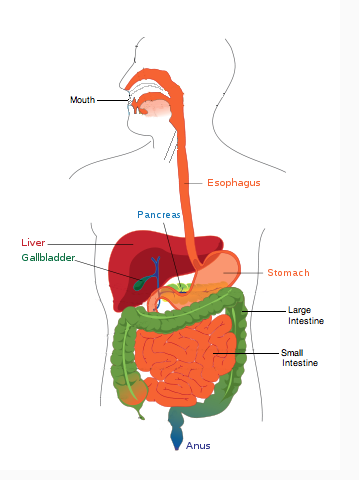
MAJOR ORGANS THAT MAKE UP THE DIGESTIVE SYSTEM-
The alimentary tract of the digestive system is composed of the mouth, pharynx, esophagus, stomach, small and large intestines, rectum and anus. Associated with the alimentary tract are the following accessory organs: salivary glands, liver, gallbladder, and pancreas.
Excretory System-
Excretory systems regulate the chemical composition of body fluids by removing metabolic wastes and retaining the proper amounts of water, salts, and nutrients. Components of this system in vertebrates include the kidneys, liver, lungs, and skin.
FACTS-
The human bladder can stretch to hold about 400ml of urine.
All the blood in our body is filtered 400 times through the kidneys every day.
Urine stays in the bladder for up to 5 hours before discharge depending on the amount of liquid consumed if the urinary system is healthy.
IMAGE-

MAJOR ORGANS THAT MAKE UP THE EXCRETORY SYSTEM-
Organs of excretion make up the excretory system. They include the kidneys, large intestine, liver, skin, and lungs. The kidneys filter blood and form urine. They are part of the urinary system, which also includes the ureters, bladder, and urethra.
Reproductive System-
The major function of the reproductive system is to ensure survival of the species. Other systems in the body, such as the endocrine and urinary systems, work continuously to maintain homeostasis for survival of the individual.
FACTS-
IMAGE-

MAJOR ORGANS THAT MAKE UP THE REPRODUCTIVE SYSTEM-
The primary reproductive organs, or gonads, consist of the ovaries and testes. These organs are responsible for producing the egg and sperm cells gametes), and hormones.



